Last Thursday, Oct. 29, the New York Times Magazine published an article by Bee Wilson titled “The Archive of Eating.” With considerations, I have attempted to use in writing this column, the article explores the work of food historian Barbara Ketcham Wheaton in databasing centuries’ worth of codified culinary knowledge.
Certainly Wilson does bring up historical considerations—for instance, by acknowledging the gendered nature of culinary text. That said, the salience of Wheaton’s project extends well beyond illuminating the novelty of the 17th-century roux or the frugality of the 19th-century American housewife. Her archive is nothing short of archaeological, allowing for an investigation into the modalities of food itself.
Our consideration is of the sociology of taste and its representation in culinary text. To begin, it is useful to reference a specific subcultural example: the construction of coffee culture. The processes through which one acquires taste for artisanal coffee are largely social. As a corollary, tastes are dependent on factors ranging from gender to the ability to invest time and money exploring the product in question.
Yet acquiring a taste for coffee presupposes economic developments or geographical conditions: Actors must be able to regularly confront coffee (artisanal or otherwise), not only at the level of the individual, but as a social group, too, for taste to develop. As an example, only as an aftereffect of geopolitical dynamics did the Viennese coffee house emerge to gain institutional significance. Similarly, only through its intensive commodification was the North American able to figure the frappuccino into their vernacular. Of course, neither of these phenomena were independent of the (capitalist) narratives in which they were featured.
It seems obvious that (given economic, social, geographical, etc. constraints) an inability to consume a particular cuisine will result in an inability to construct individual and social frameworks of taste. But my suspicion is that differentiation of tastes as a sociological phenomenon is not independent of differentiations in language, social organization, or other cultural distinctions. How we perceive, speak or write about food in our own vernacular is determined not only by the prominence of the food in question, but by how we are able use language to position food within our broader culture.
This is the key insight rendered by Wheaton’s archival project. Always mutating, the structure of the text, the assumptions made by recipe authors about the reader-cook and their larder, and the moral objectives conveyed all describe broader social developments. These contexts are precisely what the archaeology of food unveils: that the author of a 1796 syllabub recipe assumes the presence of a backyard cow describes, in its own way, the state of society. Yet the value of these insights within and across cultures of food is conditional on ability to recognize the hazards of relativism; I will address these going forward.
- [email protected]
- Mon - Fri: 10:00 - 4:30
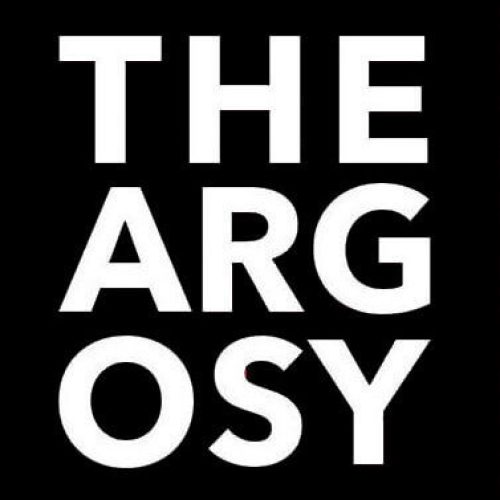
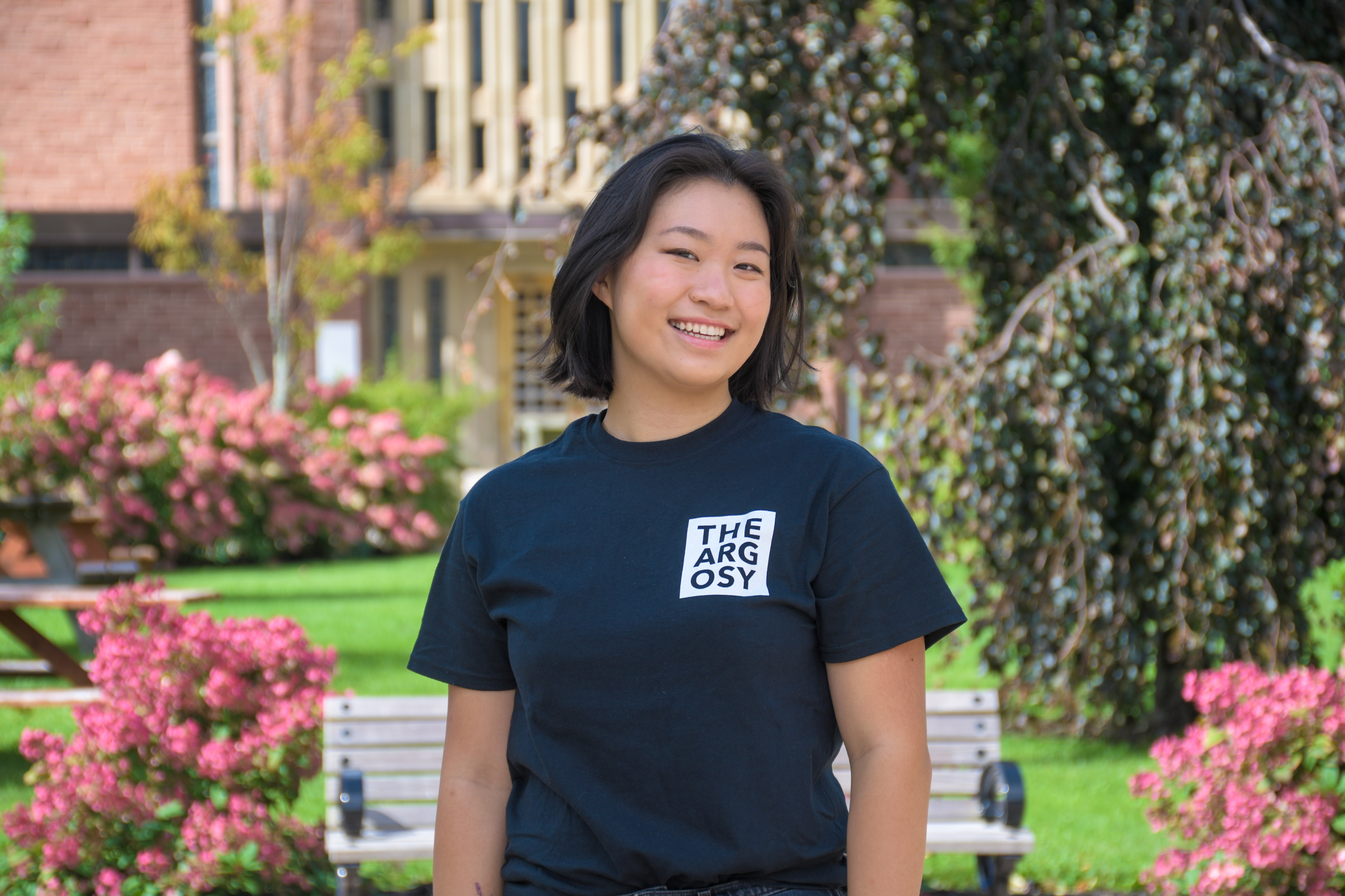
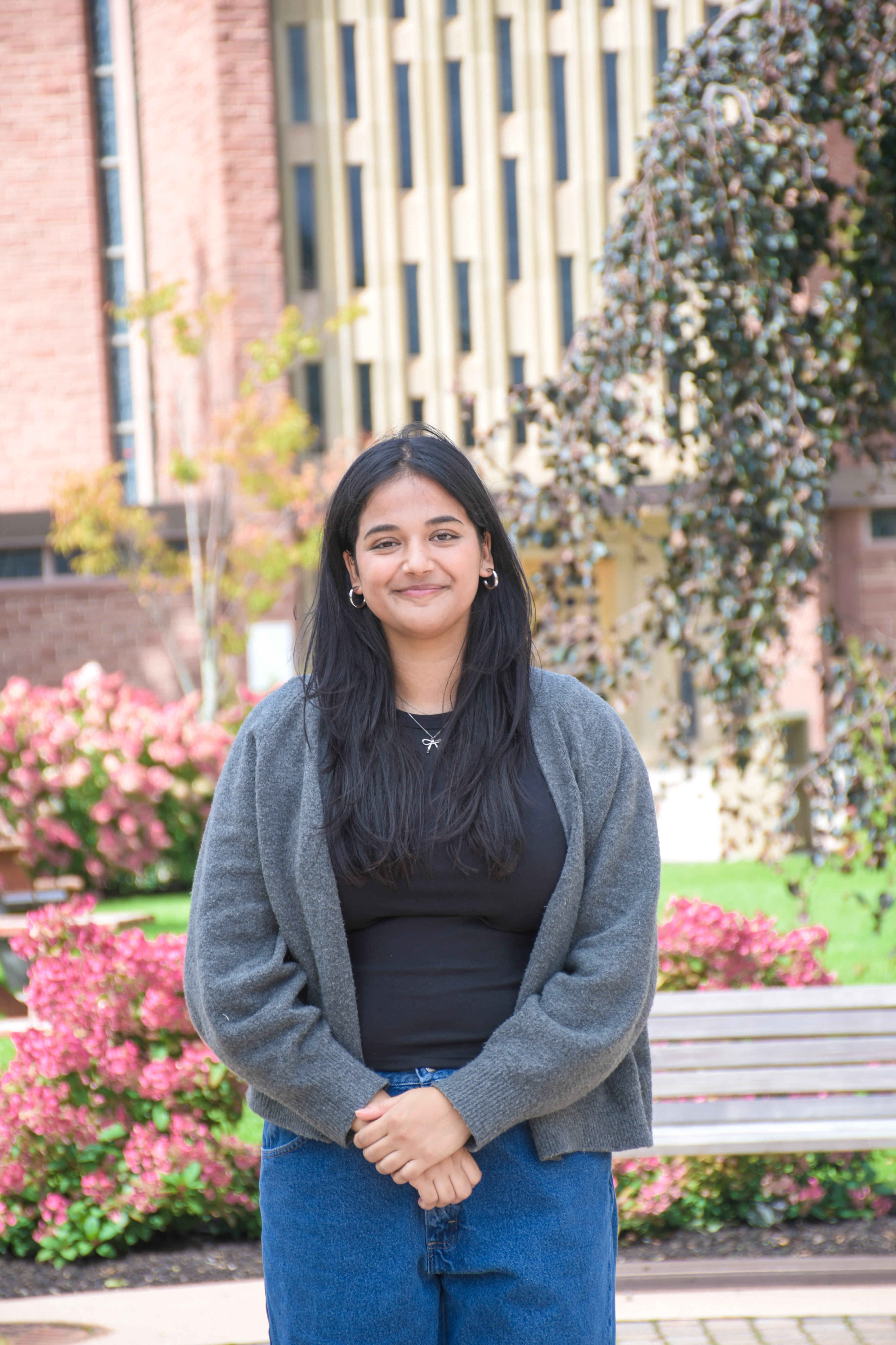
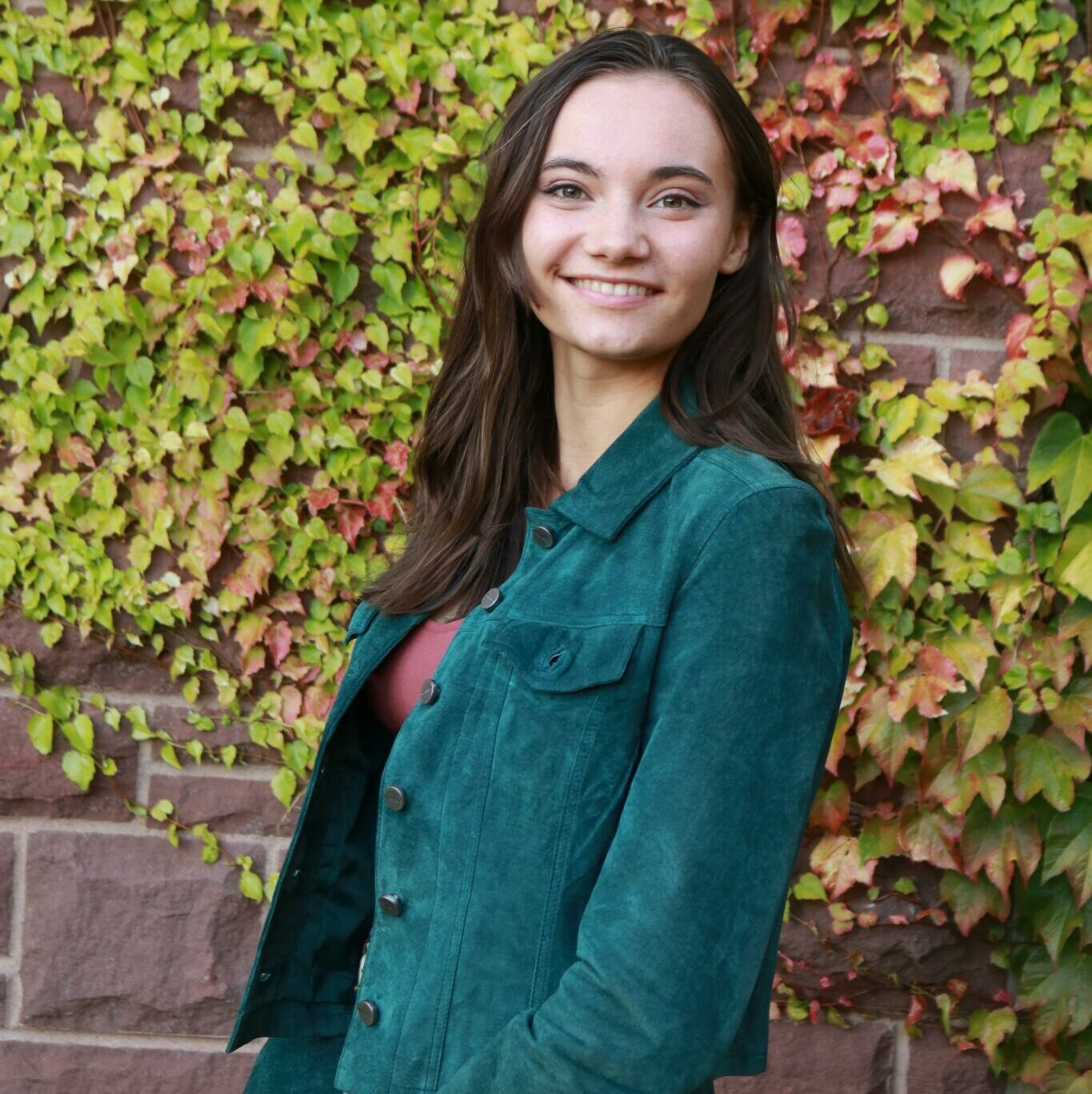
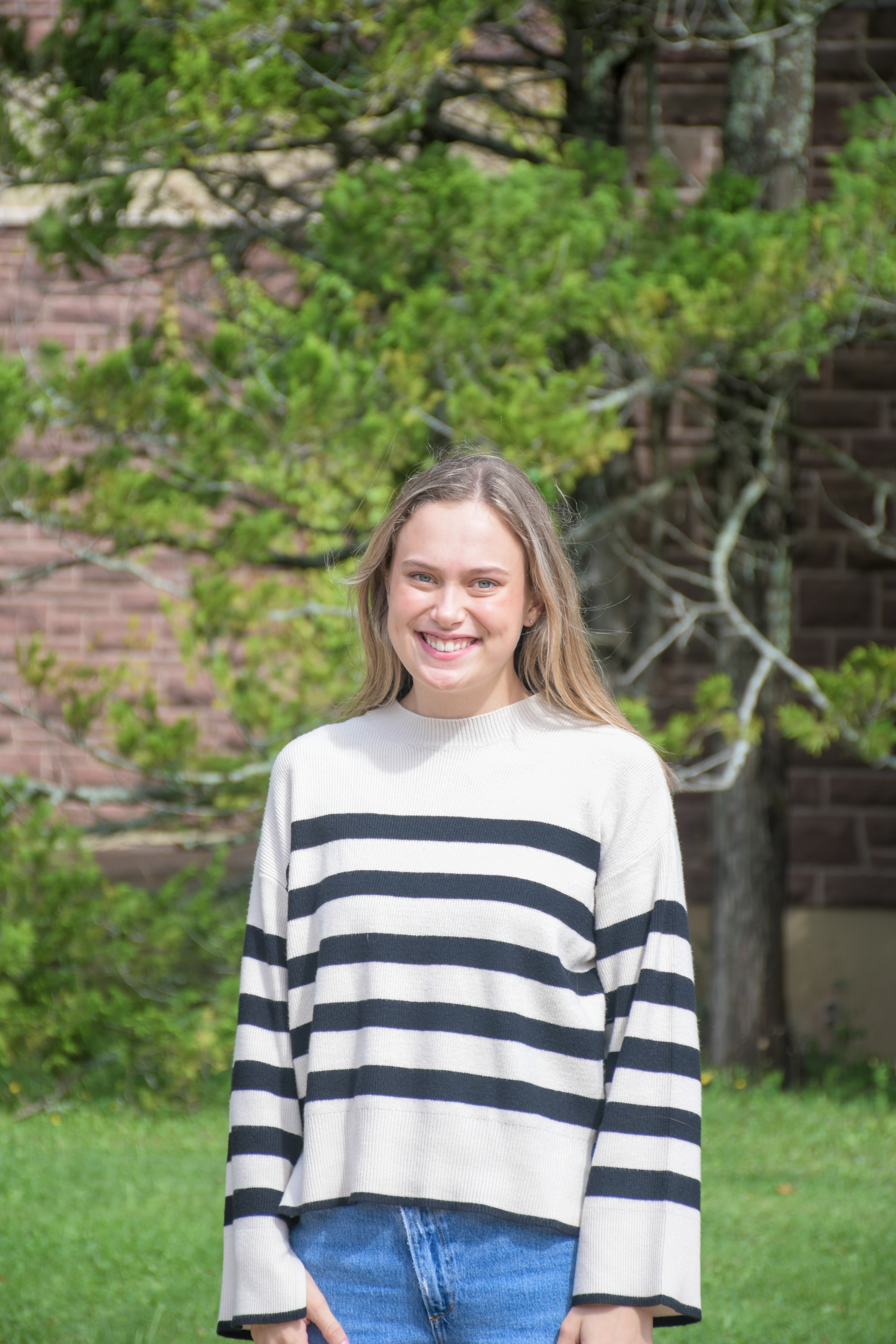
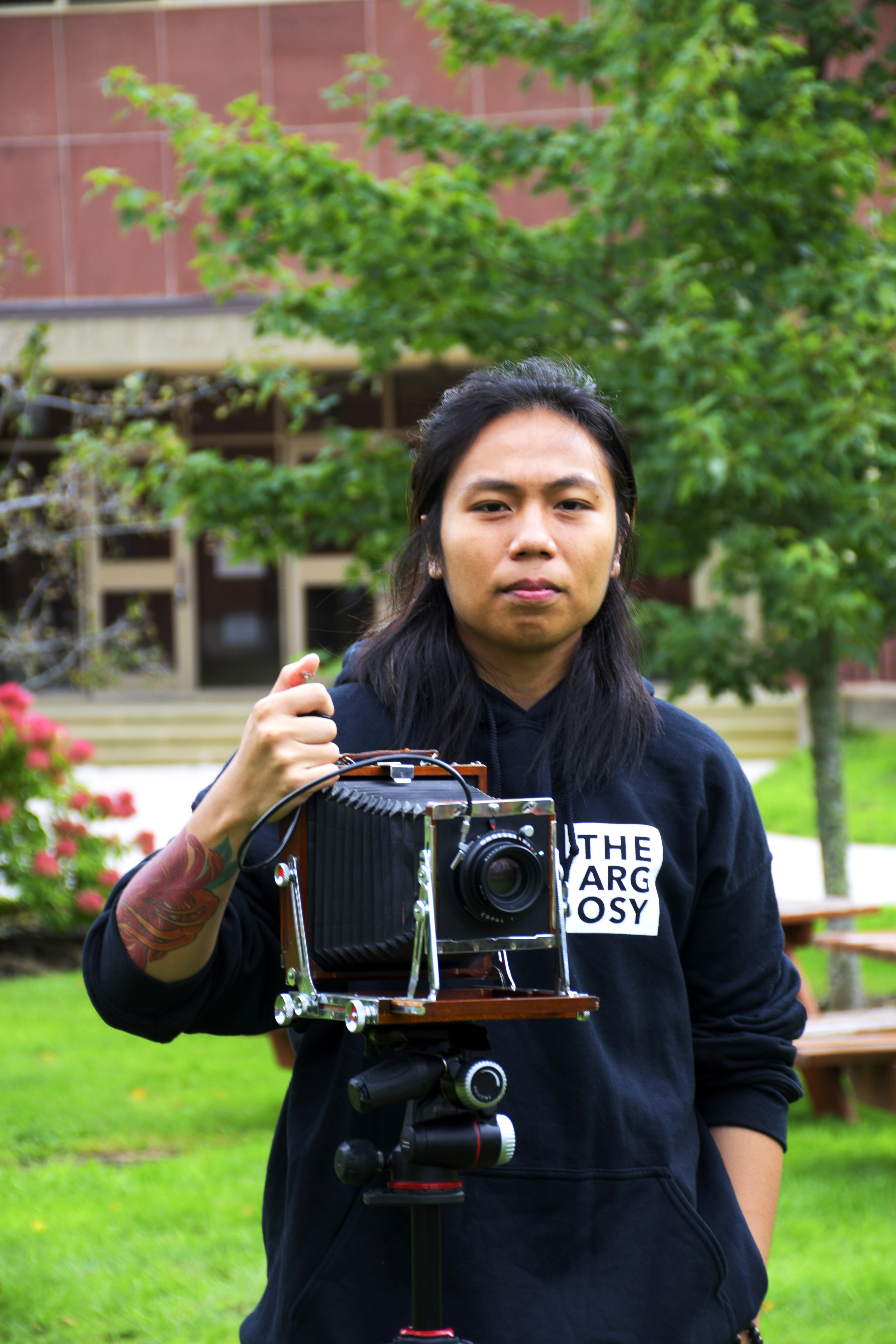
One Response
I don’t even know what to say, this made things so much earies!